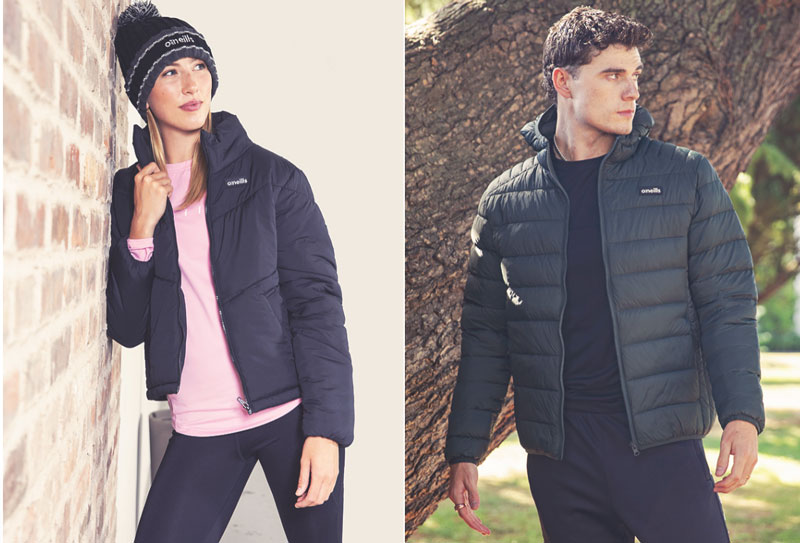The Ultimate Guide to Layering Clothes for Autumn and Winter

Can you feel the chill in the air? Autumn has arrived and Winter isn’t far away. The change in seasons is welcomed by many, with the start of crisp mornings, dark evenings and cosy nights in front of the fire. But these seasons can be tricky to dress for, with low temperatures and unpredictable weather conditions. An update in our daily wardrobe essentials is required to be prepared for what the Autumn and Winter seasons have in store for us - wind, rain and dare we say snow. The days of vests and shorts are behind us with a need for all garments warm and cosy. It’s time for Autumn layers and Winter warmers.
Layering is key to dressing practically for Autumn and Winter. Building an outfit from multiple layers offers versatility so you are prepared for changeable weather conditions, and outer layers can be removed when not required.
How to layer for cold weather in Autumn and Winter
There are three main steps to layering for cold weather: base layer, mid layer and outer layer.
1. Base Layer
Starting with your base layer, this will sit next to the skin and under your other chosen garments. The main role of a base layer is to move moisture away from your body while also providing a slight level of warmth. As it will be worn all day, you should select a base layer made from a breathable fabric with moisture management properties to draw sweat away from your skin. This encourages faster evaporation to keep you dry and comfortable all day long.
Depending on your activity, your base layer will vary. For day-to-day outfits, you may opt for a casual t-shirt or sports top, or choose a compression base layer for a winter hike. Longer sleeves will retain more heat, so these may be best suited to colder temperatures.
2. Mid Layer
The purpose of the second layer is predominantly to maintain heat, offering optimal insulation to keep you warm throughout the day. An ideal mid layer will work to trap and retain heat radiated by your body. It is likely to be the most visible layer for much of the day if you are indoors as you will remove your outer layer when moving inside. A mid layer can take many different forms: a cosy fleece, brushed half zip or a snug hoodie to name a few.
A fleece is a firm favourite. Choose from lightweight and midweight options depending on your activity and the level of warmth you need. Our super versatile men's fleeces and women's fleeces are perfect for pulling on for evening walks, lounging in comfort or as an extra layer for a hike. These can also be worn without an outer layer when the temperature permits.
3. Outer Layer
The outer layer offers essential weather protection from the elements including wind, rain and snow. This final piece of the puzzle ensures your base and mid layer remain dry while also shielding you from the wind. Depending on the style you choose, your outer layer can also add a further layer of thermal insulation for lasting warmth.
When choosing an outer layer, you should consider the activity it will be used for. If you are planning on setting off on a winter hike or run, focus on a breathable jacket to keep you dry both inside and out. A lightweight rain jacket which is easy to fold up and pack away is perfect for mild days, while a padded jacket is an essential when the temperatures plummet.
You should remember this will be worn over your base and mid layer, so ensure it is large enough to fit on top without being too tight.
Once you have chosen your outfit, add accessories for an extra layer of protection from the cold weather such as a pair of gloves, an ear warmer or a cosy fleece snood. A knitted bobble hat or beanie is essential for the cold weather. Choose from a variety of colours and design options to compliment your look.